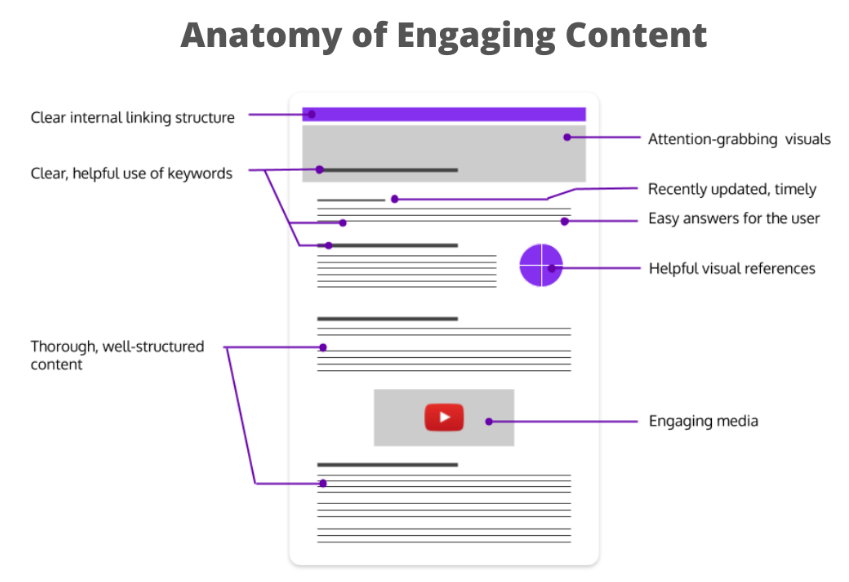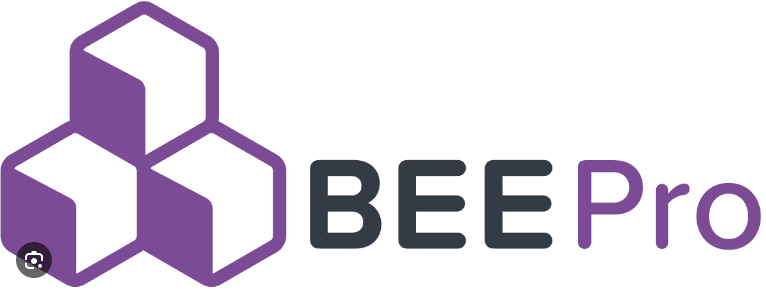The Ultimate Guide to Boosting Your Website’s SEO Ranking in 2023

- Markie Mark
- June 19, 2023
Introduction
In today’s digital world, Boosting Your Website’s SEO is about having a strong online presence, it is crucial for the success of any business or website. Search Engine Optimization (SEO) plays a vital role in improving your website’s visibility and driving organic traffic. In this comprehensive guide, we will delve into the world of SEO and provide you with actionable strategies to boost your website’s SEO ranking. So, let’s get started and unlock the full potential of your online presence!
The Ultimate Guide To Boosting Your Website’s SEO Ranking
Overview:
- 1. Understanding SEO
- 2. Keyword Research
- 3. On-Page Optimization
- a. Title Tags
- b. Meta Descriptions
- c. Heading Tags
- d. Content Optimization
- 4. Technical SEO
- a. Site Speed
- b. Mobile Optimization
- c. XML Sitemap
- 5. Link Building
- 6. User Experience (UX) Optimization
- a. Improving Navigation
- b. Mobile-Friendly Design
- c. User-Friendly Layout
- d. Reduce Bounce Rate
- 7. Monitoring and Analytics
- Conclusion
1. Understanding SEO
Before diving into SEO techniques, it’s essential to understand the basics. SEO encompasses a wide range of practices aimed at optimizing your website’s visibility on search engine results pages (SERPs). This involves both on-page and off-page optimization techniques that improve your website’s relevance and authority in the eyes of search engines like Google.
2. Keyword Research
Keyword research is the foundation of any successful SEO strategy. Start by identifying the keywords and phrases that are relevant to your business or website. Use keyword research tools like Google Keyword Planner, SEMrush, or Ahrefs to discover high-ranking keywords with reasonable search volumes and low competition. Incorporate these keywords strategically into your website’s content, meta tags, and URLs.
The Ultimate Guide To Boosting Your Website’s SEO Ranking
3. On-Page Optimization
On-page optimization focuses on optimizing individual web pages to improve their visibility and relevance to search engines. Here are some key on-page elements to optimize:

a. Title Tags
Craft unique and compelling title tags for each web page, including relevant keywords.
b. Meta Descriptions
Write concise and persuasive meta descriptions that entice users to click on your search results.
c. Heading Tags
Use appropriate heading tags (H1, H2, etc.) to structure your content and signal its importance to search engines.
d. Content Optimization
Create high-quality, informative, and engaging content that incorporates your target keywords naturally.
e. URL Structure
Ensure your URLs are short, descriptive, and include relevant keywords.
4. Technical SEO
Technical SEO refers to optimizing the technical aspects of your website to enhance its crawling and indexing by search engines. Here are some key technical SEO practices:

a. Site Speed:
Optimize your website’s loading speed by compressing images, minifying code, and leveraging caching techniques.
b. Mobile Optimization
Ensure your website is mobile-friendly and responsive to provide a seamless user experience on all devices.
c. XML Sitemap
Create an XML sitemap and submit it to search engines to help them crawl and index your website effectively.
d. Robots.txt
Use a robots.txt file to instruct search engines on which parts of your website to crawl and which to exclude.
5. Link Building
Link building is a critical off-page optimization technique that establishes your website’s authority and credibility. Focus on acquiring high-quality backlinks from reputable websites in your industry. Some effective link building strategies include guest blogging, content outreach, and leveraging social media platforms.

6. User Experience (UX) Optimization
Search engines prioritize websites that offer a great user experience. Enhance your website’s UX by:
a. Improving Navigation
Ensure your website’s structure is intuitive, with clear menus and logical hierarchy.
b. Mobile-Friendly Design
Optimize your website for mobile devices to provide a seamless experience for mobile users.
c. User-Friendly Layout
Make your content scannable by using headings, bullet points, and relevant visuals.
d. Reduce Bounce Rate:
Create engaging and valuable content that encourages visitors to stay longer on your website.
7. Monitoring and Analytics
Regularly monitor your website’s performance using analytics tools like Google Analytics or Bing Webmaster Tools. Track your organic search traffic, keyword rankings, backlinks, and user behavior. Analyzing these metrics will help you identify areas for improvement and optimize your SEO strategy accordingly.
The Ultimate Guide To Boosting Your Website’s SEO Ranking
Conclusion
By implementing these proven SEO strategies, you can significantly improve your website’s visibility and drive targeted organic traffic. Remember, SEO is an ongoing process, and it requires consistent effort and adaptation to stay ahead of the competition. So, start implementing these techniques today and watch your website climb the search engine rankings, attracting more visitors and potential customers to your business.







